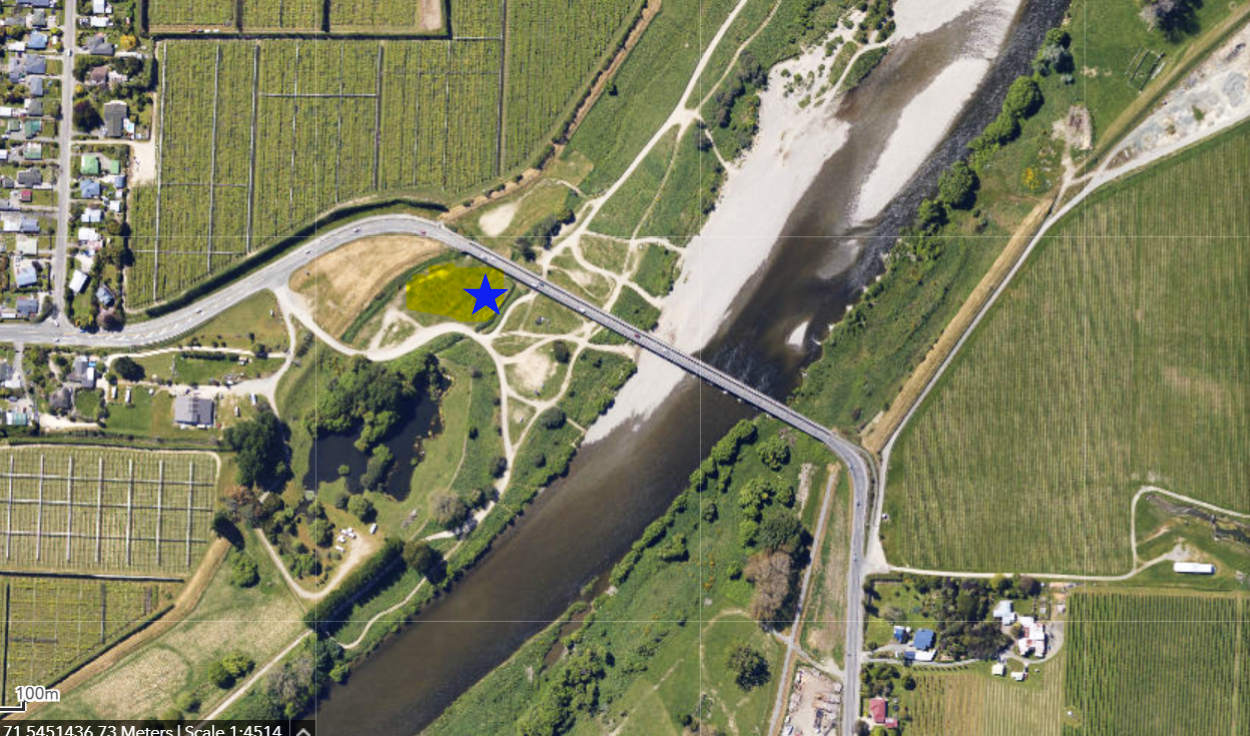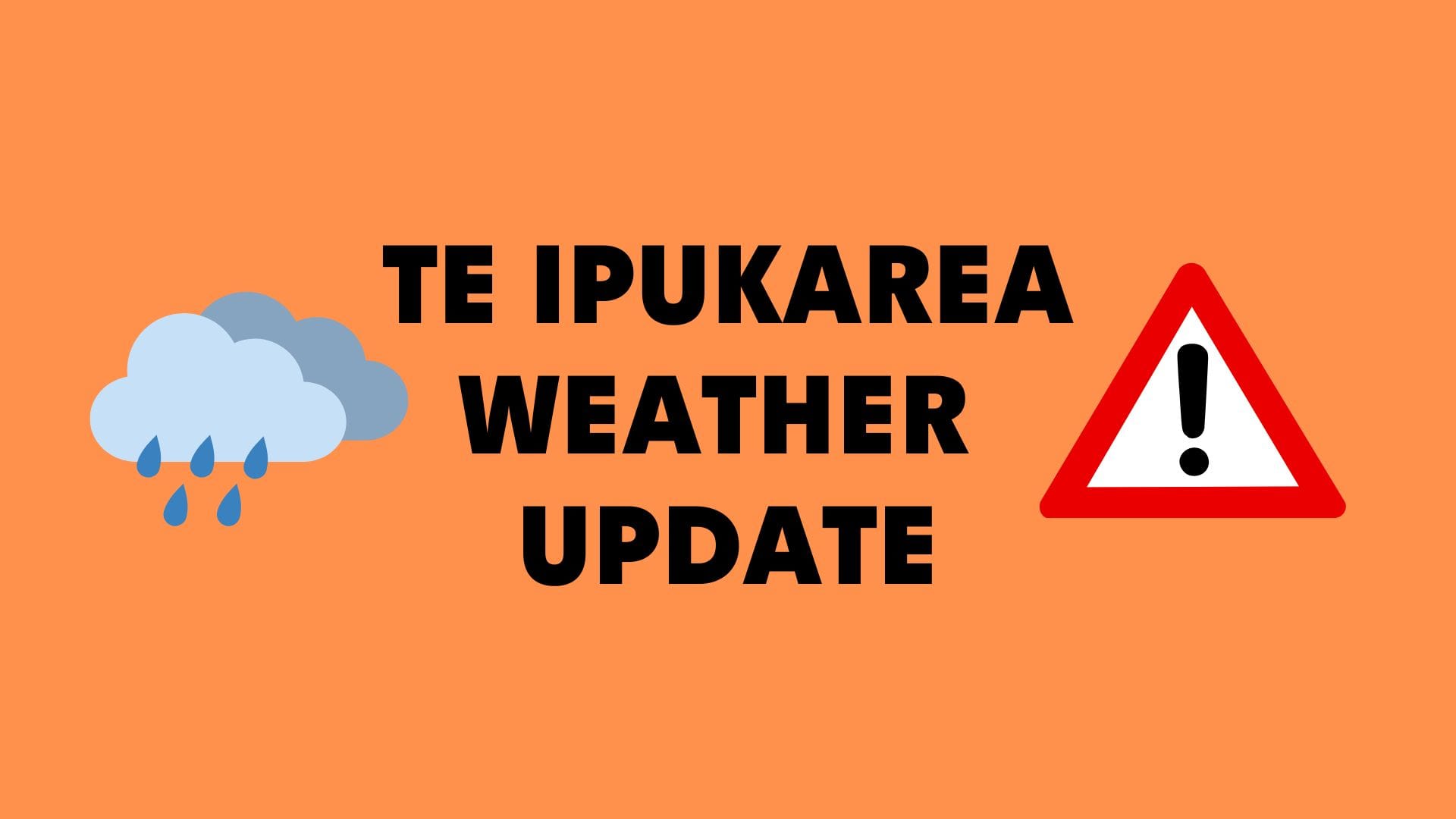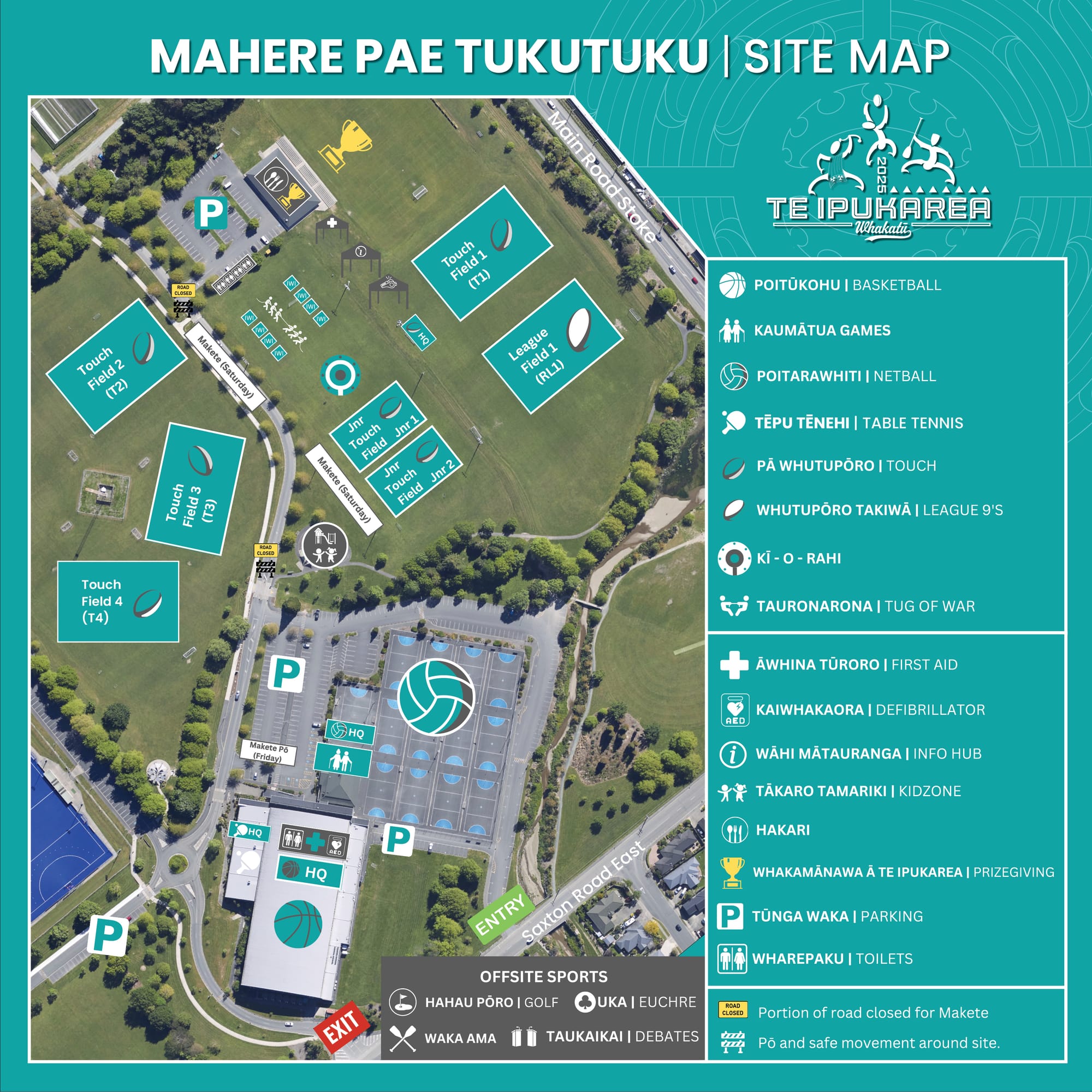Learning from skinks, and other species
Recently Pou Tohutohu Taiao Callum Sebualala (Mana) had the opportunity to observe a large-scale cultural health monitoring activity happening during contaminated sawdust removal at Tāhunanui Beach in Whakatū.
“A key piece of mahi for us is to better understand what’s involved within the environmental monitoring process, to gain more knowledge and apply it to our own cultural health monitoring project.
"To help achieve this, I jumped at the opportunity to observe ecologists engage in their work and remediate the area,” he says.
The project combines the resources of DOC and Nelson City Council, as well as contracting firms Nelmac, Downer and Tonkin + Taylor.
“What was inspiring was the obvious passion that the ecologists had for their work – they were so enthusiastic, and it rubbed off on everyone who took part in the project, there were positive interactions with everyone involved.
“The work itself involved some intricate and detailed data capture – observing the range of species living on the site, the quantities, and types of habitats. This not only helps gain an understanding of the site as it is now, but also allows for accurate comparison in the future.”

Representatives from Ngāti Rarua (top left), Ngāti Kuia (top right), T+T and Nelmac (bottom two images) worked together to capture and relocate lizard species at Tāhunanui.
Mana was involved with the trapping and translocation of 88 native Northern grass skinks.
“Each skink had its sex, weight, length and location (including the ambient temperature) recorded before relocation to a suitably similar location.”
“It was all incredibly valuable learning. The scope and the scale of this monitoring was impressive. It also shows the level of collaboration we need to make projects like this one successful.”
Over the next three months the sawdust will be removed, before sand is replaced and the area is planted back into native vegetation.
About the project
Ecological management has been a large focus of these project works following the discovery of protected native lizards and katipō spiders in the area to be disturbed by this project.
Alongside Tonkin + Taylor ecologists, Nelmac assisted with habitat enhancement (placement of logs, log discs and shrubland debris) undertaken in the relocation site to ensure their new home was as cosy as possible. The relocation site will receive further enhancement through native planting (locally sourced seed), pest animal and weed control work.

Two Images of northern grass skink settling into their new homes once relocated by T+T ecologist and iwi representatives.





